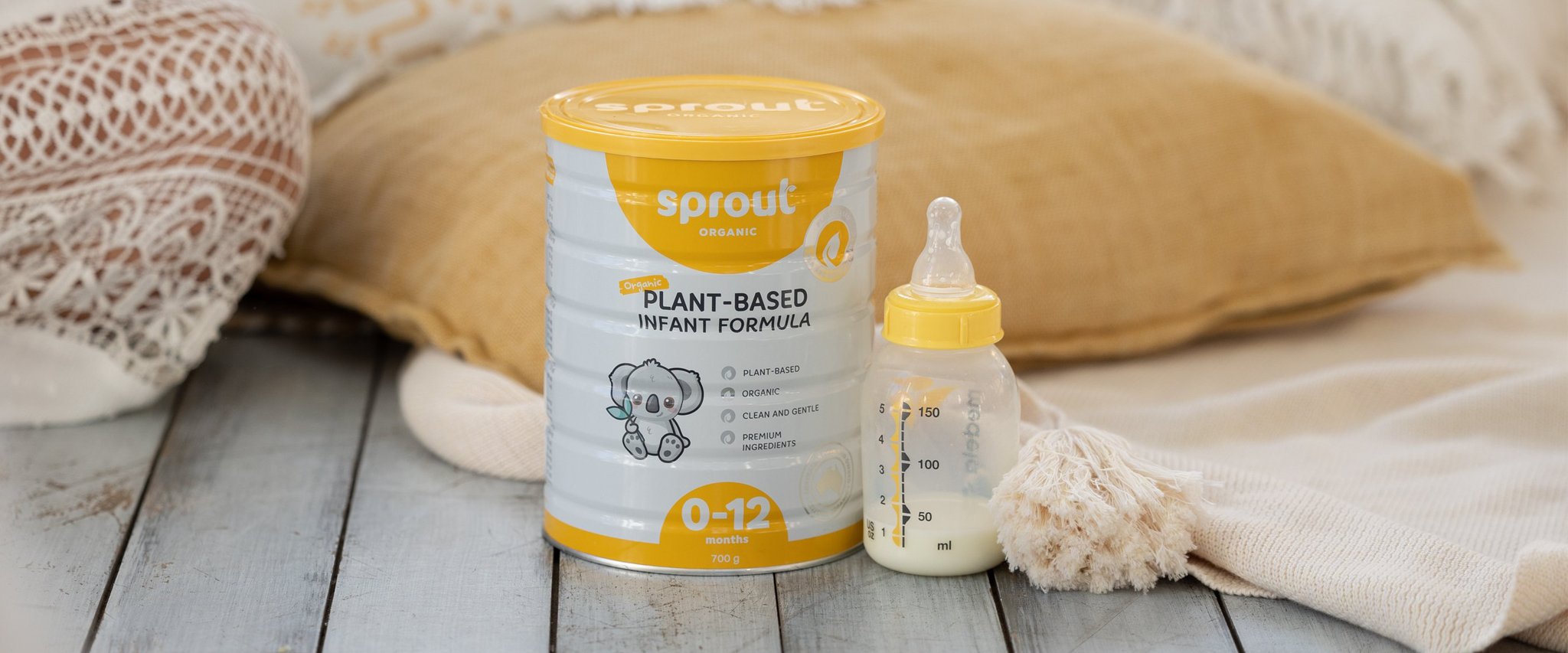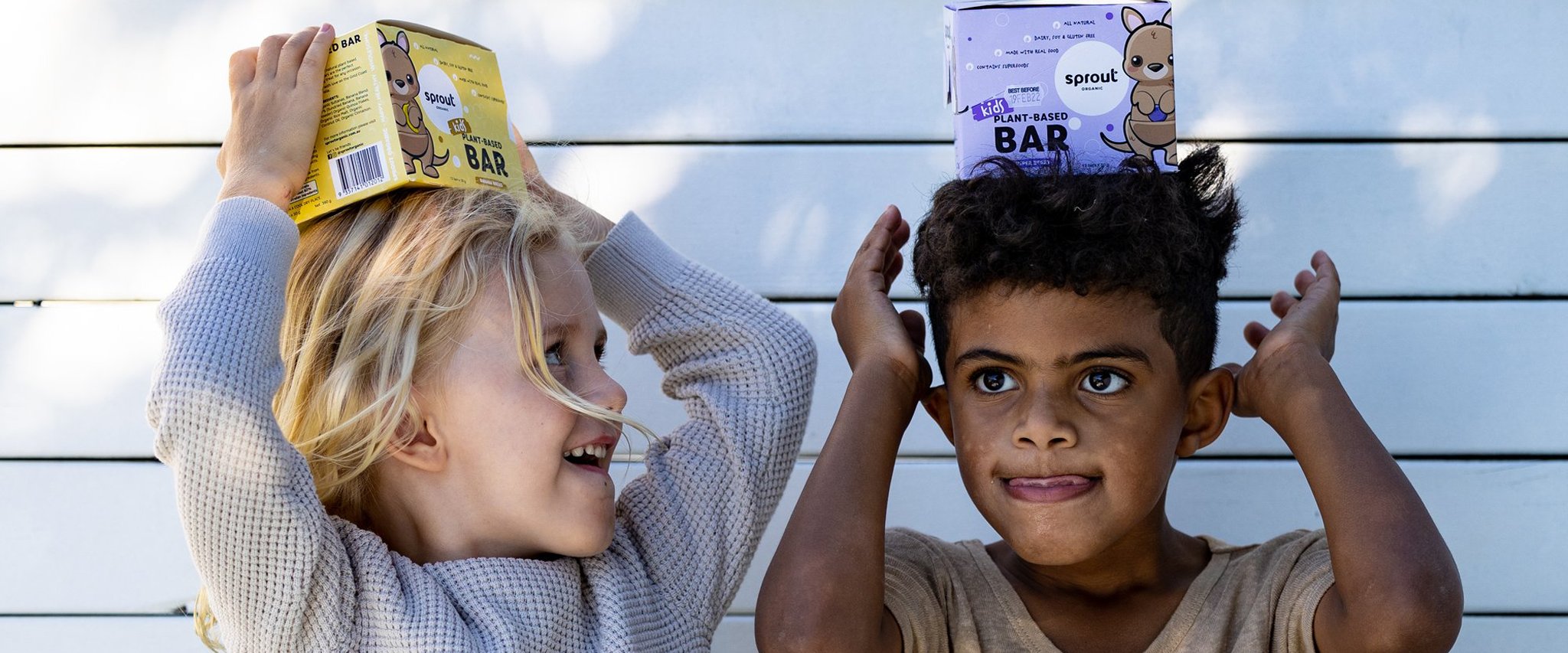How to Build Balanced Snacks for Toddlers
As toddlers and children grow and explore the world around them, they require ample energy to fuel their busy bodies and developing minds. However, their small stomachs can sometimes make it challenging for them to consume enough food during mealtimes alone. This is where snacks come into play, offering a vital opportunity for children to replenish their energy levels between meals. While every child's snacking needs may vary, ensuring they have access to nutritious snacks throughout the day is crucial for supporting their growth and development.
Navigating the world of snacks for your plant-based toddler or child can be overwhelming, especially amidst a busy schedule. If you're in search of ideas to add variety and nourishment to your child's snack time, you've come to the right place. Today, I'll be sharing some delicious, dietitian recommended, plant-based snack options that my 2.5-year-old son loves. Additionally, I'll provide helpful tips on how to effectively plan snacks for your little one, ensuring they receive the essential nutrients they need to thrive.

How to Assemble Balanced Snacks
In a world abundant with pre-packaged, ultra-processed snack options, many parents find their children gravitating towards these less nutritious choices. While occasional treats are part of a balanced diet, fostering a perspective where "snack time" represents an opportunity to enjoy nourishing options is key. By introducing a variety of freshly prepared, wholesome foods during snack time, you can ensure your child receives the fuel necessary to power through their busy days.
Creating a balanced snack involves incorporating 2-3 components from each key food group, including:
- Fresh fruits and/or vegetables
- Plant-based sources of protein
- Wholegrain carbohydrates
- High quality fats
Remember, not every snack needs to be perfectly balanced on its own. Aim for balance over the course of the day, knowing that snacks centred around fruits, veggies, wholegrains, and plant proteins contribute to your toddler's overall nutritional well-being. Here are some balanced snack combinations to inspire your planning.

Sample Snack Combinations:
- Plant-based yoghurt (unsweetened) mixed with fresh fruit salad and crushed walnuts
- Banana Protein Smoothie (1 scoop Junior Plant Protein, 1 banana, 1 cup of your preferred plant-based milk, 1 tbsp chia seeds – blend and serve)
- Nut or seed butter sandwiches + orange slices
- Hummus served with veggie sticks and wholegrain crackers
- Wholegrain rice cakes with nut / seed butter or avocado + side of edamame beans
- Tahini bliss balls + Roasted Nori
- Sprout Organic Snack Bar + glass of your preferred dairy-free milk
- Zucchini Fritters – make in bulk and freeze for up to one month
- Roasted chickpeas + finely sliced apple
- Banana Oat Blender Pancakes + veggie sticks

Snacking schedules – how many snacks and when?
Optimising your child's snacking schedule can help establish a sense of routine and minimise those hunger-induced meltdowns. Consistent meal and snack times foster trust in regular eating opportunities, whilst also allowing for adequate time between meals and snacks to build up a healthy appetite.
While the following feeding schedule provides a general framework, it's essential to recognise that every child is unique, with varying hunger and fullness cues. Therefore, it's best to use these guidelines as a reference point and tailor them to your child's individual needs.
Toddlers (1-3 years): 3 main meals + 1-2 snacks per day
Meal timing: every 2-3 hours
Note: While one snack daily is usually sufficient for most toddlers, some may require an extra snack. If your child frequently skips main meals, consider adjusting the size or frequency of snacks to encourage balanced eating habits.
Children (>3 years): 3 main meals + 2 snacks per day
Meal timing: every 3-4 hours
Note: Active children, in particular, may benefit from an additional snack to sustain their energy levels.
Additional Considerations:
- Avoid pressuring your child to eat and trust their innate hunger and fullness cues.
- Lead by example by offering and enjoying nutritious meals and snacks as a family.
- Minimise distractions during meal and snack times, such as toys and television.
- Set meal and snack time frames to encourage mindful eating.
- Make snack time exciting with fun food containers and a variety of textures, flavours, and colours.
- Involve children in meal and snack preparation to foster independence and positive food experiences.
- Be mindful of choking hazards for children under 3 years old and limit sugary and salty snacks.
- Encourage water or fortified soy milk as the primary beverage for little ones.

Balanced snacks play an essential role in supporting a child’s growth and development. Offering nutritious options and establishing a consistent snacking routine helps provide the energy your little one needs to thrive throughout the day.
Remember, every child is unique, so tuning into their individual hunger and fullness signals is key when planning and offering snacks. Encouraging a positive approach to snack time provides an opportunity to enjoy nourishing foods and establish healthy eating habits for life.
For personalised nutrition and supplementation support, you can find me here or contact me via email at plantbasedfamilynutrition@gmail.com
About the Author: Monica Rundle, is an Accredited Practising Dietitian, and founder of Plant Based Family Nutrition, an online nutrition clinic dedicated to helping families make small, sustainable dietary changes that can make a big difference to their overall health and that of the environment.
Disclaimer: This article is for information and educational purposes only. The information provided does not substitute medical advice. As required, please consult a qualified medical professional relevant to your particular circumstance.






Leave a comment